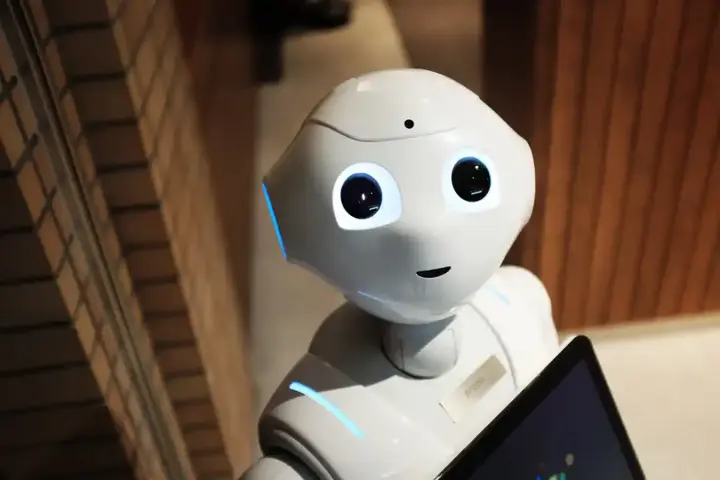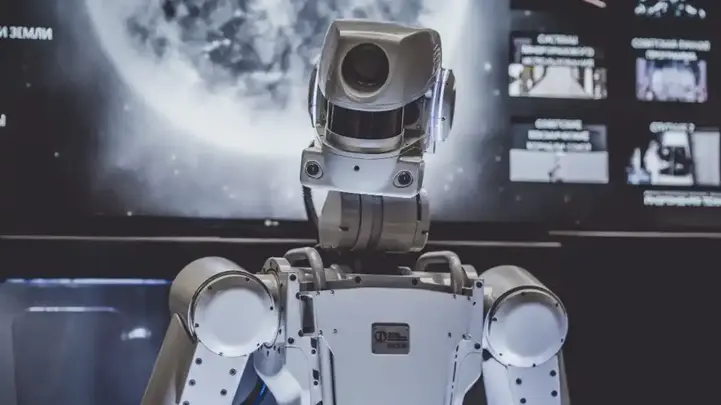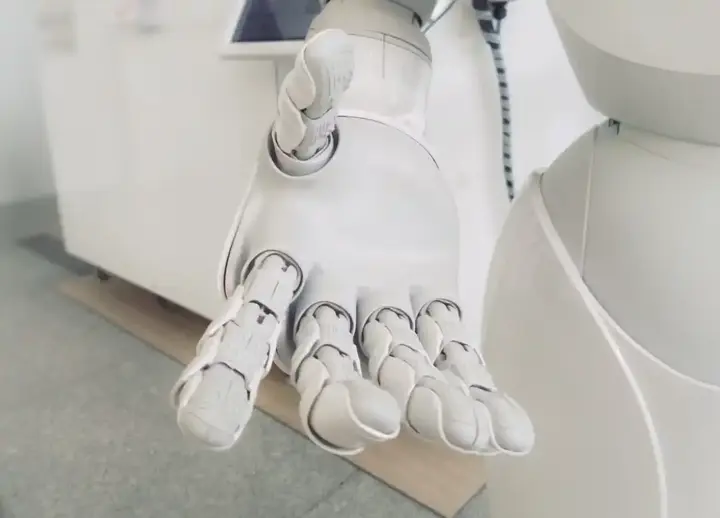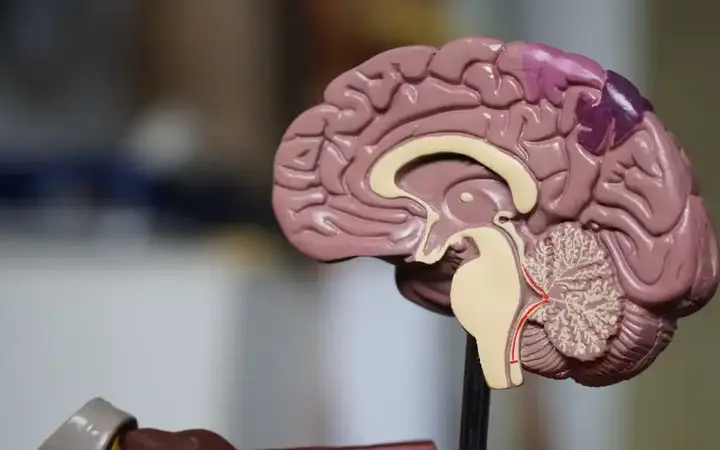The impact of robotics on elderly care: between technology and social impact

As technology continues to advance, robots can help elderly people in care homes and private residences become more likely. Social robots designed to interact, perform tasks, and provide companionship can ease some of the burdens on healthcare workers. However, this raises important questions about the potential impacts on society. Will robotics' integration into elderly care make society cooler by reducing human interaction, or can it provide useful support that enhances the quality of life for the elderly? This article explores these concerns by examining the potential effects of robotic assistance in care, the potential loss of human touch, and the ethical considerations involved.
Show key points
- As global populations age and the demand for caregivers grows, robots are being explored as a viable solution to support elderly care by assisting with physical and emotional tasks.
- Social robots like Paro, used for dementia patients, have demonstrated the potential to improve mental well-being and promote social interaction in care settings.
- Experts caution that while robots can alleviate physical burdens, substituting human companionship with robotic care may risk creating a colder, less empathetic society.
- ADVERTISEMENT
- Human interaction remains essential in caregiving, providing dignity, emotional recognition, and a sense of appreciation that machines alone cannot fulfill.
- Although AI can replicate empathetic behaviors, the depth and sincerity of human empathy remain unmatched, and its absence could negatively affect the elderly's mental health.
- Ethical concerns arise over forming emotional bonds with robots, as excessive attachment may lead to diminished human contact and altered social dynamics.
- Issues of privacy and sustainability must be addressed to ensure responsible robot deployment, particularly regarding data collection and environmental impact.
Recommend
The role of robots in elderly care

Addressing the growing need:
As the world's population ages and life expectancy increases, we predict that the demand for healthcare workers will rise dramatically. Robotics and advanced technologies can provide the necessary support in this sector. Social robots, capable of performing diverse tasks and interacting with populations, have shown promise in experimental environments. For example, the Paro robot, designed as a therapeutic tool for dementia patients, has been positively received in care homes, improving social interactions and mental health outcomes among the population.
What is being replaced?
Henrik Scoog Citra, assistant professor at the University of Oslo, stresses the importance of understanding which aspect of human labor is being replaced by robots. If robots are used to help with physical tasks, such as lifting or fetching objects, it can be a valuable addition. However, when it comes to replacing human contact, the effects become more complex. Citra warns that replacing human care with robots could lead to a cooler society, where the emotional and social aspects of care are diminishing.
Balancing efficiency and the human touch

The importance of human interaction
Professor Atli Utsen Sofke of the Norwegian School of Theology, Religion and Society highlights the crucial role of human interaction in care. He points out that while robots may provide practical assistance, they cannot replace the sense of care and dignity provided by human caregivers. Research shows that a sense of appreciation and recognition is essential to the well-being of older people. Automated care, while efficient, may fail to meet these emotional needs, leading to feelings of isolation and loss of humanity.
Robotics and empathy
The debate over whether robots can provide a sense of empathy continues. While some studies, such as those comparing doctors' responses to ChatGPT, suggest that AI can exhibit empathetic behavior, the sincerity of that empathy is questionable. For some individuals, a companionship robot may be sufficient to provide companionship and reduce loneliness. However, others may find the absence of genuine human contact unsatisfactory. The extent to which robots are able to mimic human empathy and its impact on the well-being of the elderly remains a critical area of research.
Ethical considerations

Can robots be friends?
The idea of forming relationships with robots is more complicated than it sounds. Sophk argues that humans can feel recognized by robots, but the nature of these relationships is fundamentally different from those with other humans. Human relationships involve mutual weaknesses and a depth of communication that robots cannot imitate. In addition, robots that are always designed to assure and support users may lack the ability to challenge them, which is an essential aspect of meaningful human friendships.
Risk of excessive attachment
Henrik Scoog Citra raises concerns about people forming strong connections with technology, especially humanoid robots. Emotional connections that can develop with AI companions, such as those created through services like Replika, show the potential for deep relationships. While this may provide comfort for some, it can also lead to a preference for robotic companionship over human interaction. This scenario highlights the need to carefully design robots to avoid excessive attachment, and ensure that they are used as tools rather than alternatives to human relationships.
Practical and environmental considerations

Privacy and ethical use
Another important problem is the privacy implications of having robots in private homes. Maria Slavkovic, head of the Department of Information Science and Media Studies at the University of Bergen, points out that robots equipped with sensors can violate personal privacy. Ensuring that the legal and social frameworks governing the use of robots are clear and well understood is crucial to preventing abuse and protecting the privacy of individuals.
Sustainability
From an environmental perspective, the development and deployment of humanoid robots must be approached with caution. Citra argues that if the use of robots is restricted to perform dangerous, dirty, and tedious tasks, their use can be justified. However, if robots become widely available for trivial purposes, the issue of consumption and resource use becomes a problem. Energy-based AI services, such as large data centers required for applications like ChatGPT, require sustainable technological solutions.

In conclusion, the integration of robots into elderly care presents both opportunities and challenges. While robots can provide valuable support and improve efficiency, it is essential to balance these benefits with the need for real human interaction and care. Ethical considerations, such as privacy and the possibility of excessive attachment, must be carefully addressed. Ultimately, the goal should be to enhance the quality of life for older persons without compromising the warmth and compassion that only human caregivers can offer. As society advances in this new technological field, thoughtful implementation and continuous evaluation will be key to ensuring an effective and compassionate approach to elderly care.
![]()
How Qatar successfully staged the 2022 FIFA World Cup
Qatar’s 2022 FIFA World Cup was more than a tournament—it showcased Qatar’s world-class stadiums, eco-friendly designs, and flawless planning. With thrilling matches, stars like Messi and Mbappé, and a legendary final, it left a powerful legacy of sports, innovation, and global unity. more- ADVERTISEMENT
![]()
Elon Musk - mad genius or unlimited diligence?
Elon Musk, dubbed the "Real Iron Man," is a bold, creative dreamer known for his ambition to colonize Mars, controversial tweets, and strict leadership style. Loved and hated, he's a complex figure who never shies away from challenges or attention, always pushing boundaries with fearless determination. more- ADVERTISEMENT
![]()
Tafilalet Village: Exploring Morocco's Berber Life
Tafilalet, a hidden gem in Morocco, blends ancient Amazigh heritage with stunning desert landscapes. Visitors can explore traditional mud architecture, experience authentic Berber hospitality, and enjoy local cuisine like tagine and dates. It's a perfect escape for those seeking adventure, culture, and a taste of simple, traditional life. more- ADVERTISEMENT
![]()
Shocking fact: the moon is moving away from the earth!
The Moon is slowly drifting from Earth—about 3.8 cm a year—thanks to tidal friction. This tiny shift, tracked since NASA's Apollo missions, may eventually lengthen our days. Don't worry though; the Moon won't escape. It'll settle into a stable distance over time. more- ADVERTISEMENT
![]()
Is time travel possible? Astrophysicist explains the science behind science fiction
Time travel fascinates us, but science says it’s not so easy. While Einstein’s theory shows time moves differently at high speeds—like for astronauts—true time travel still faces big hurdles. Wormholes, paradoxes, and the laws of physics keep it in the realm of imagination, at least for now. more- ADVERTISEMENT
![]()
You can train your brain to increase your attention span, and here's how
Distractions are everywhere, but by building better habits—like getting enough sleep, keeping your phone out of reach, and taking mindful breaks—you can train your brain to stay focused longer and boost your productivity throughout the day. more- ADVERTISEMENT
![]()
The most famous data leaks in history - a list of wonders!
Big names get hacked too—Yahoo, LinkedIn, Facebook, and Canva all suffered massive data breaches, exposing millions of users’ info. These attacks didn’t just hurt reputations—they shook global cybersecurity and pushed companies to step up protection, while users were urged to change passwords and enable two-factor authentication. more- ADVERTISEMENT
![]()
The return of the first Indian space tourist to Earth: the cost of private space travel
India celebrates a proud moment as its first space tourist safely returns, marking a major step in the global space tourism race. What was once science fiction is now a thrilling, multi-million-dollar reality, offering civilians the chance to experience space and see Earth like never before. more- ADVERTISEMENT
![]()
3 Important Novels You Should Read
3 Important novels that you should read more- ADVERTISEMENT
![]()
The most important technical programs for mobile and computer that are indispensable for everyone
Mobile phones and computers are essential in modern life, and with the right free tools, they can boost your productivity and simplify daily tasks. Apps like Google Chrome, Google Drive, LibreOffice, and VLC Media Player are easy to use and help you stay efficient, secure, and entertained. more- ADVERTISEMENT





















